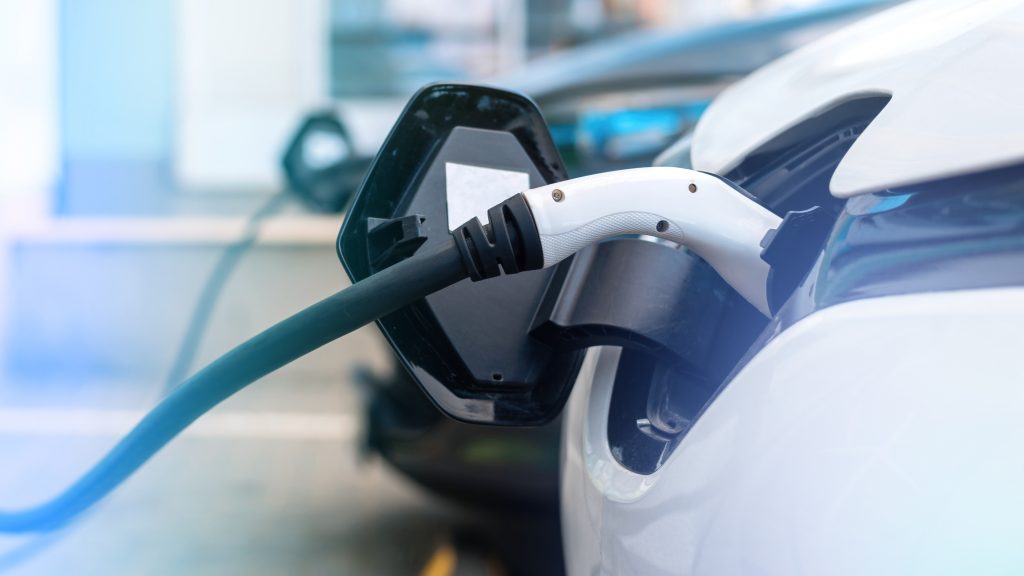Charging Point in Communal Garages
Key Considerations for Charging Point Installations in Communal Garages and Buildings
As electric vehicle purchases becomes more common, the demand for electric chargers in communal spaces rises. In this initial post, we delve into the legal aspects for installing electric chargers in private parking and community-owned spaces.
Catalonia’s regulations, found in Book V of the Catalan Civil Code, outline the processes and responsibilities for property owners and communities on the journey toward sustainability.
Can electric chargers be installed in communal parking lots?
Yes, according to the Art. 553-36.3 in Book V of the Catalan Civil Code:
(…) In the case of installing an individual electric vehicle charging point, it is only necessary to submit the technical project thirty days before the start of the work to the presidency or administration and the corresponding technical certification upon completion of the installation. Within this period, the community can propose a reasonable alternative more suitable for its general interests. If the alternative installation is not carried out within two months, the interested owner can carry out the originally planned installation.
To install a private electric charger in a parking space, the owner must submit a Project or Technical Installation Report to the Board of Directors or Community Administrator, covering both installation and consumption costs.
Following the proposal submission, the Community has one month for an Owners’ Meeting to address the issue and decide on a community pre-installation for future private chargers, in case they want too. If accepted, the community has two months for pre-installation; otherwise, the owner can proceed privately based on the submitted technical report.

Is it an individual choice, or does it require approval from the majority of neighbours?
Yes, it is; only prior communication to the community is needed. Nevertheless, the community can choose to make it a collective decision.
Who covers the implementation costs: the resident or the community??
The interested party or parties will fully bear the installation cost and the associated electricity consumption.
Is the consumption sourced from the community or an individual’s private meter?
The consumption is covered by those interested and contributors, requiring a derivation from each owner’s private meter.
Is there an obligation for me to cover this expense for the community if I don’t own an electric car?
No, only property owners interested in contributing will be required to cover this expense for the community.
As a tenant of a parking space…
How and to whom should I submit the request?
As a tenant, submit the request to the parking space owner, who will then forward it to the community. Provide the same documentation as an owner for presentation. The subsequent process remains consistent with the aforementioned section.
Explore the tax advantages of electric vehicles in the upcoming post about electric chargers. Stay updated by following us on Instagram!
From AmatZonia, we aim to provide a comprehensive guide for property owners and community administrators looking to take steps toward a more sustainable and legally sound electric charging infrastructure.
For detailed information on current legal regulations, we recommend checking the Generalitat de Catalunya and the Official State Gazette.
At Amat Immobiliaris, we are committed to guiding communities toward a more sustainable and innovative future.
For any questions or information, you can contact us through info@amatimmo.cat or by calling (+34) 934 803 400.



